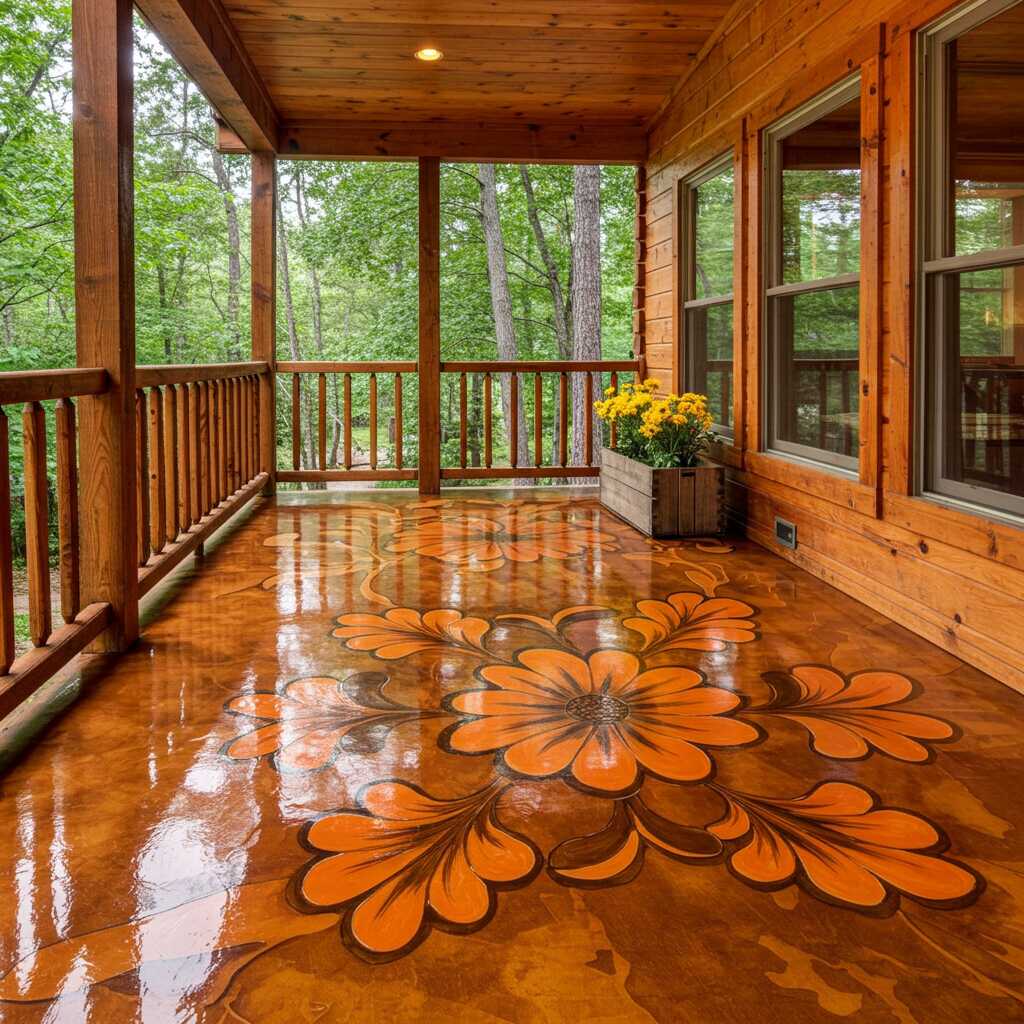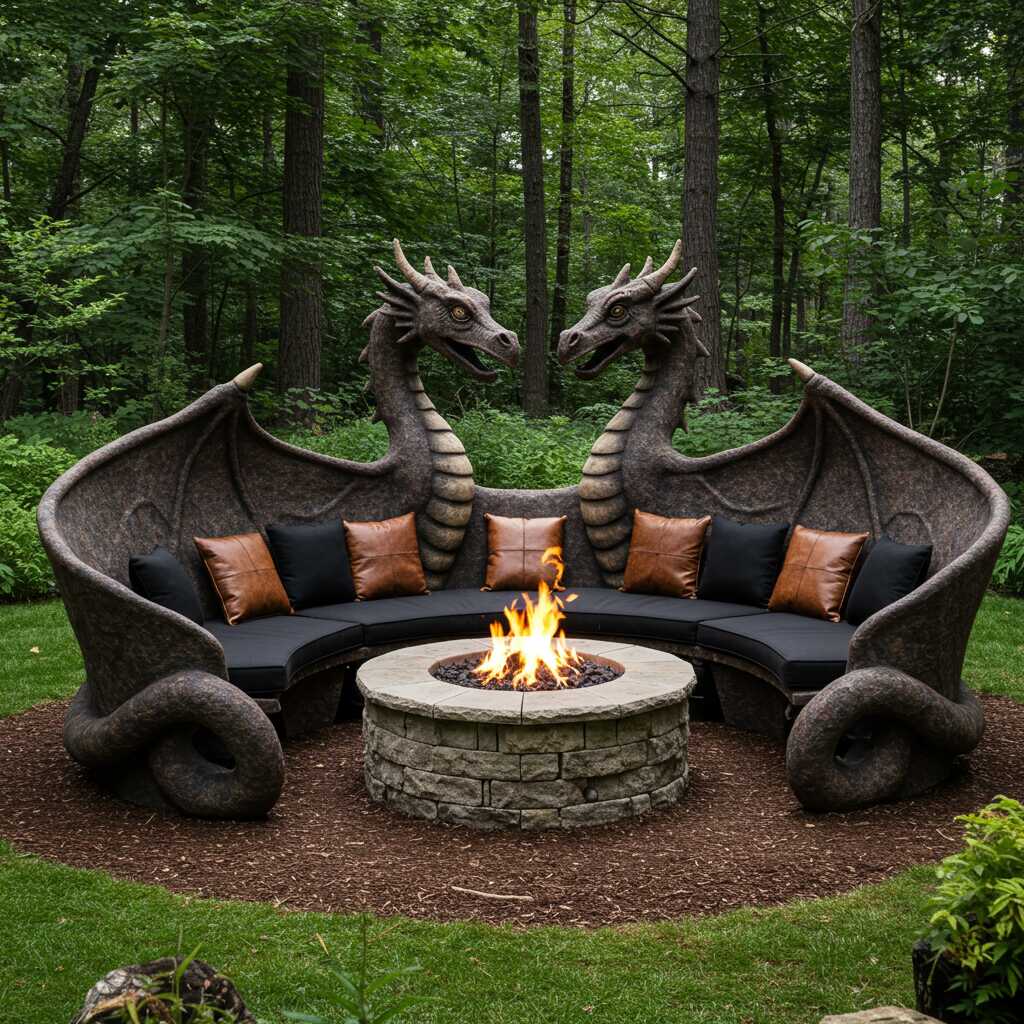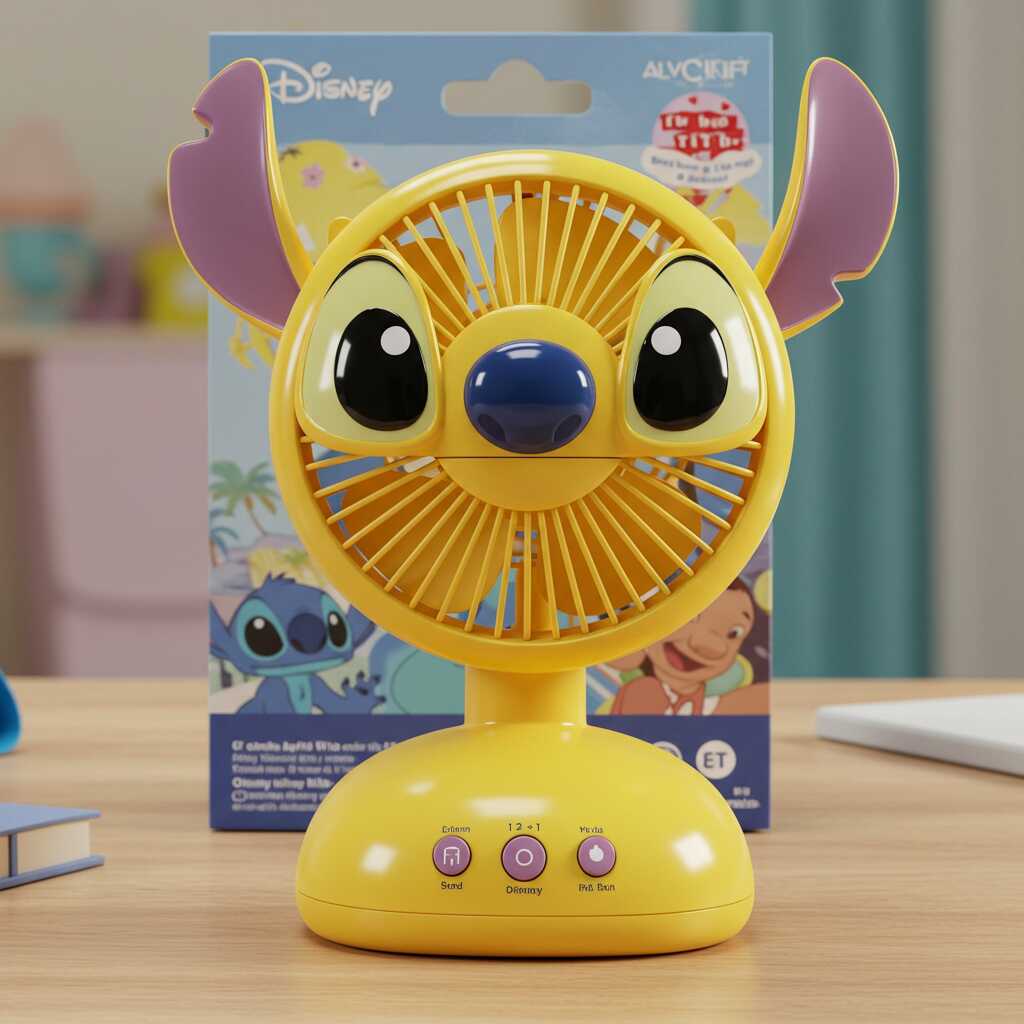Flooring has long been a foundational element of interior design, often serving as the canvas upon which an entire space is built. Traditionally, flooring choices have leaned toward practicality and simplicity, with neutral tones and minimalistic patterns dominating the scene. However, as design aesthetics evolve and homeowners seek to infuse their spaces with personality and artistry, a new trend has emerged: floor designs with floral designs. This captivating movement is transforming floors from mere functional surfaces into breathtaking works of art that tell a story, evoke emotions, and elevate the aesthetic appeal of any room.
The resurgence of floral motifs in floor designs reflects a broader cultural shift toward embracing nature-inspired elements within interior spaces. In an era where biophilic design principles are gaining traction, people are increasingly drawn to decor that fosters a connection with the natural world. Floral floor designs perfectly encapsulate this philosophy, bringing the beauty of gardens, meadows, and forests indoors. These intricate patterns not only celebrate the elegance of botanical forms but also create a sense of harmony and balance, making them a popular choice for modern interiors.
What sets floor designs with floral designs apart is their ability to transcend trends and remain timeless. Unlike fleeting fads, floral patterns have a universal appeal that resonates across generations. Whether rendered in bold, vibrant hues or subtle, muted tones, these designs possess a versatility that allows them to adapt to various styles—from classic to contemporary. As we delve deeper into this burgeoning trend, it becomes clear that floral floor designs are more than just a passing phase; they represent a transformative shift in how we perceive and interact with our living spaces. By exploring their history, creative possibilities, and impact on modern interiors, we can better understand why these designs are capturing the hearts of designers and homeowners alike.
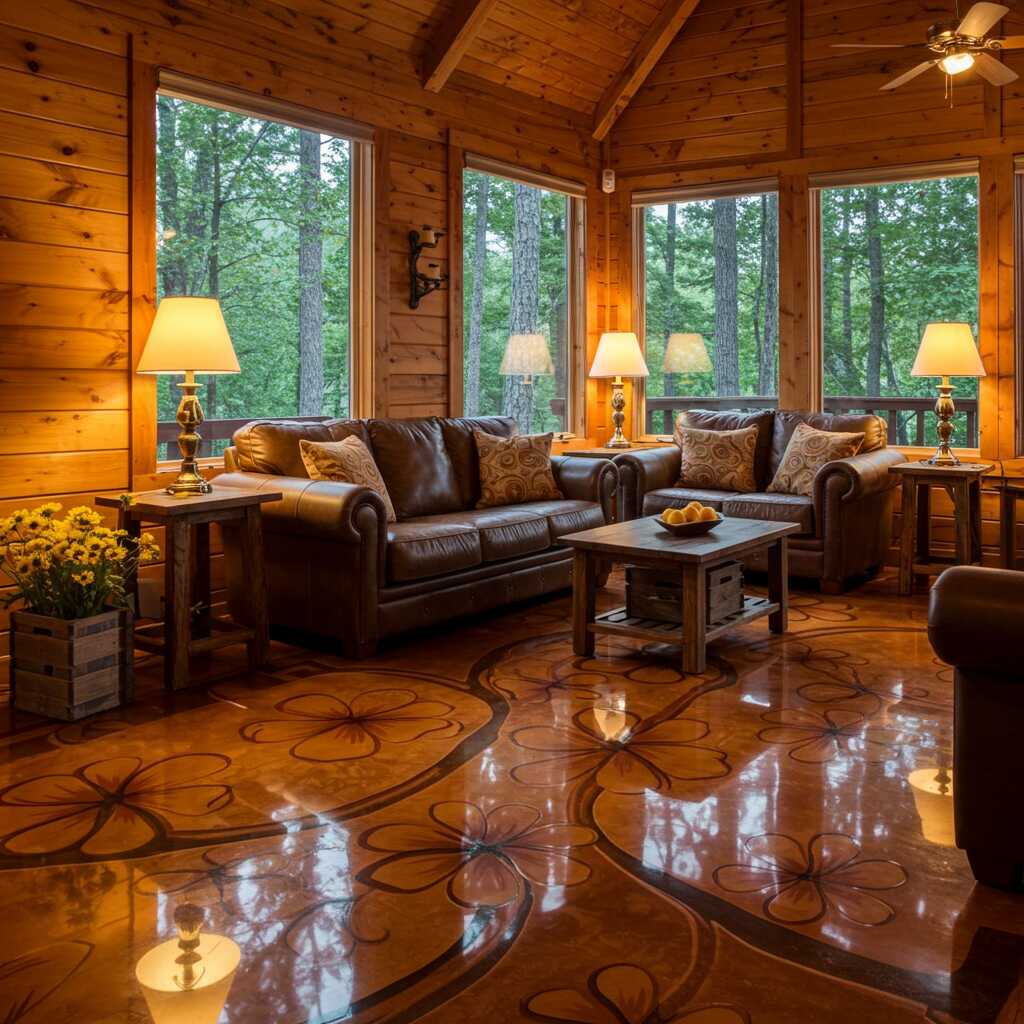
The Artistic Evolution of Floral Floor Designs
The journey of floral floor designs is deeply rooted in history, with its origins tracing back centuries to eras when craftsmanship and artistry were celebrated as much for their functionality as for their beauty. Ancient civilizations, such as the Greeks and Romans, often adorned their mosaic floors with intricate depictions of flowers, vines, and foliage. These early designs symbolized prosperity, fertility, and the divine connection between humanity and nature. Over time, floral motifs continued to evolve, finding prominence in the grand palaces of the Renaissance and the opulent estates of the Victorian era. Each period brought its own unique interpretation, from the geometric precision of Islamic art to the lush, romantic depictions of 19th-century European interiors.
In contemporary times, the art of floral floor designs has undergone a remarkable transformation, blending traditional techniques with cutting-edge technology. Modern advancements in materials and manufacturing processes have expanded the possibilities for creating intricate and durable floral patterns. High-definition digital printing, for instance, allows for unparalleled detail and vibrancy, enabling designers to replicate the delicate textures of petals or the interplay of light and shadow in a garden setting. Similarly, innovations in tile production, such as waterjet cutting and laser etching, have made it possible to craft complex floral motifs with precision and consistency. These technological leaps have not only elevated the visual appeal of floral floor designs but also ensured their longevity and resilience, making them suitable for high-traffic areas.
The artistic evolution of floral floor designs is also reflected in the diverse range of styles available today. From hand-painted ceramic tiles that echo the charm of Moroccan courtyards to large-format porcelain slabs featuring photorealistic floral imagery, the options are virtually limitless. Designers are experimenting with scale, color palettes, and pattern arrangements to create bespoke solutions that cater to individual preferences. Some opt for oversized blooms that make a bold statement, while others favor subtle, repetitive patterns that exude understated elegance. Additionally, the integration of mixed materials—such as combining wood, stone, and metal accents—adds depth and texture, further enhancing the visual impact of floral floor designs.
Moreover, the reinterpretation of traditional techniques has breathed new life into this age-old art form. Techniques like marquetry, once reserved for furniture and wall panels, are now being applied to flooring, resulting in stunning compositions that blend floral motifs with geometric precision. Similarly, the resurgence of artisanal craftsmanship has led to a renewed appreciation for handcrafted tiles and custom inlays, where every piece is a testament to human skill and creativity. These modern interpretations honor the rich heritage of floral floor designs while pushing the boundaries of what is possible, ensuring that this timeless trend continues to captivate and inspire.
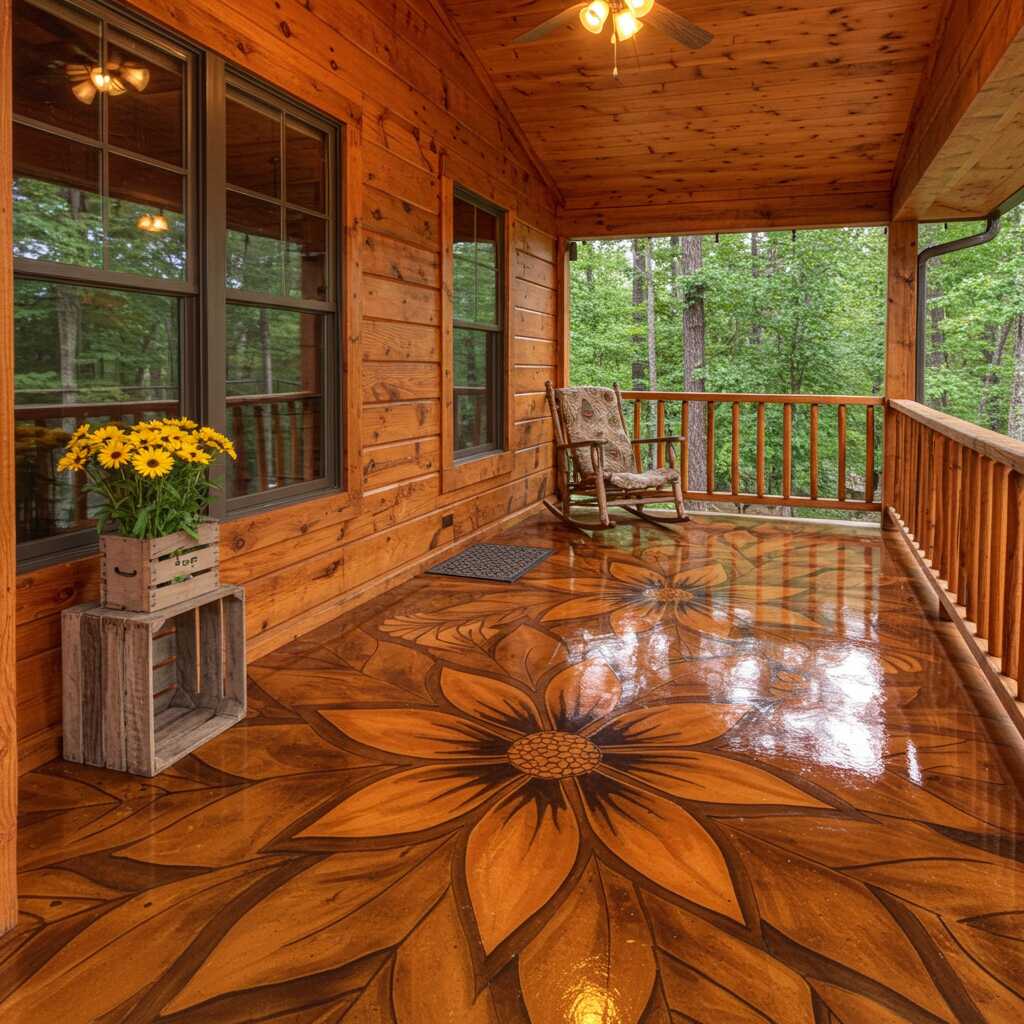
The Versatility of Floral Floor Designs Across Spaces
One of the most compelling aspects of floor designs with floral designs is their remarkable versatility, effortlessly adapting to a wide array of spaces and interior styles. In residential settings, these designs serve as a focal point that anchors the overall aesthetic, whether used in expansive living rooms, intimate dining areas, or serene bedrooms. For instance, a sprawling great room adorned with a large-scale floral pattern can evoke the grandeur of a countryside estate, while smaller, intricate designs in pastel shades can lend a cozy, inviting atmosphere to a reading nook or home office. The adaptability of floral floor designs ensures they harmonize seamlessly with both minimalist and maximalist approaches, offering endless opportunities for personalization.
In commercial spaces, floral floor designs take on a dynamic role, enhancing the ambiance and reinforcing brand identity. Hotels, for example, often incorporate floral motifs in their lobbies and corridors to create a welcoming and luxurious environment. Restaurants and cafes leverage these designs to craft immersive experiences, using vibrant floral patterns to evoke the freshness of ingredients or the charm of al fresco dining. Retail spaces, too, benefit from the visual allure of floral floors, as they draw attention and encourage exploration while subtly aligning with themes such as sustainability or elegance. Beyond aesthetics, floral floor designs in commercial settings can also influence customer behavior, fostering a sense of calm and comfort that encourages longer stays and repeat visits.

The adaptability of floral floor designs extends to their compatibility with various architectural styles, from historic to ultra-modern. In heritage buildings, floral patterns can pay homage to the structure’s original character, complementing ornate moldings and antique furnishings. Conversely, in sleek, contemporary interiors, abstracted floral designs in monochromatic palettes can introduce a touch of softness without overwhelming the clean lines and minimalist ethos. Even industrial spaces, with their exposed beams and raw materials, can be transformed by incorporating floral motifs, which add warmth and contrast to the rugged aesthetic.
Furthermore, floral floor designs excel in transitional spaces, such as hallways, staircases, and entryways, where they act as a bridge between different areas of a home or building. These zones, often overlooked in design planning, become opportunities to make a bold statement or establish continuity. For instance, a winding staircase adorned with a vine-like floral pattern can guide the eye upward, creating a sense of flow and cohesion. Similarly, an entryway featuring a striking floral design sets the tone for the rest of the space, leaving a lasting impression on visitors.
Ultimately, the versatility of floor designs with floral designs lies in their ability to transcend trends and adapt to the unique needs and visions of each space. Whether used sparingly as an accent or as the centerpiece of a room, these designs possess a transformative power that enriches interiors, making them not only visually stunning but also deeply meaningful.

Practical Considerations for Incorporating Floral Floor Designs
While the allure of floor designs with floral designs is undeniable, integrating them into a space requires thoughtful consideration to ensure they enhance rather than overwhelm the environment. One of the primary factors to consider is the size and scale of the floral pattern relative to the room. Large, bold blooms can make a dramatic statement in spacious areas, such as open-concept living rooms or grand foyers, where they can be fully appreciated without feeling cramped. Conversely, smaller spaces, like bathrooms or compact kitchens, benefit from scaled-down patterns or subtle repeats that maintain visual balance without overwhelming the limited square footage. Striking this equilibrium ensures the design complements the room’s proportions, creating a cohesive and harmonious look.
Color coordination is another critical aspect when incorporating floral floor designs. The chosen palette should resonate with the existing decor while contributing to the desired mood of the space. For instance, soft pastels and muted tones can instill a calming, serene atmosphere in bedrooms or meditation areas, while vibrant hues like emerald green or deep crimson can energize communal spaces such as dining rooms or entertainment areas. It’s also essential to consider how the colors interact with natural and artificial lighting throughout the day, as shifting light conditions can alter the perception of the design. Layering complementary colors in rugs, upholstery, or wall treatments can further enhance the impact of the floral motif, tying the entire space together.
Maintenance and durability are equally important considerations, particularly in high-traffic areas. While floral floor designs can be crafted from a variety of materials—ranging from hardwood and tile to carpet and vinyl—each comes with its own set of care requirements. Hard surfaces like porcelain or ceramic tiles are highly durable and easy to clean, making them ideal for busy households or commercial spaces. On the other hand, softer materials like carpet or woven textiles may require more frequent upkeep to preserve their appearance. Choosing a material that aligns with the intended use of the space ensures the design remains both beautiful and functional over time.
Finally, the placement of furniture and accessories plays a pivotal role in showcasing floral floor designs. Strategic arrangement can highlight key sections of the pattern, allowing it to shine as a central feature. For example, transparent or low-profile furniture pieces can prevent the design from being obscured, while carefully selected rugs or area carpets can frame specific sections of the floor, drawing attention to intricate details. Thoughtful accessorizing, such as mirrors or lighting fixtures positioned to reflect the design, can amplify its visual impact, creating a space that feels intentional and curated. By addressing these practical considerations, floral floor designs can be seamlessly integrated into any environment, achieving a perfect blend of form and function.
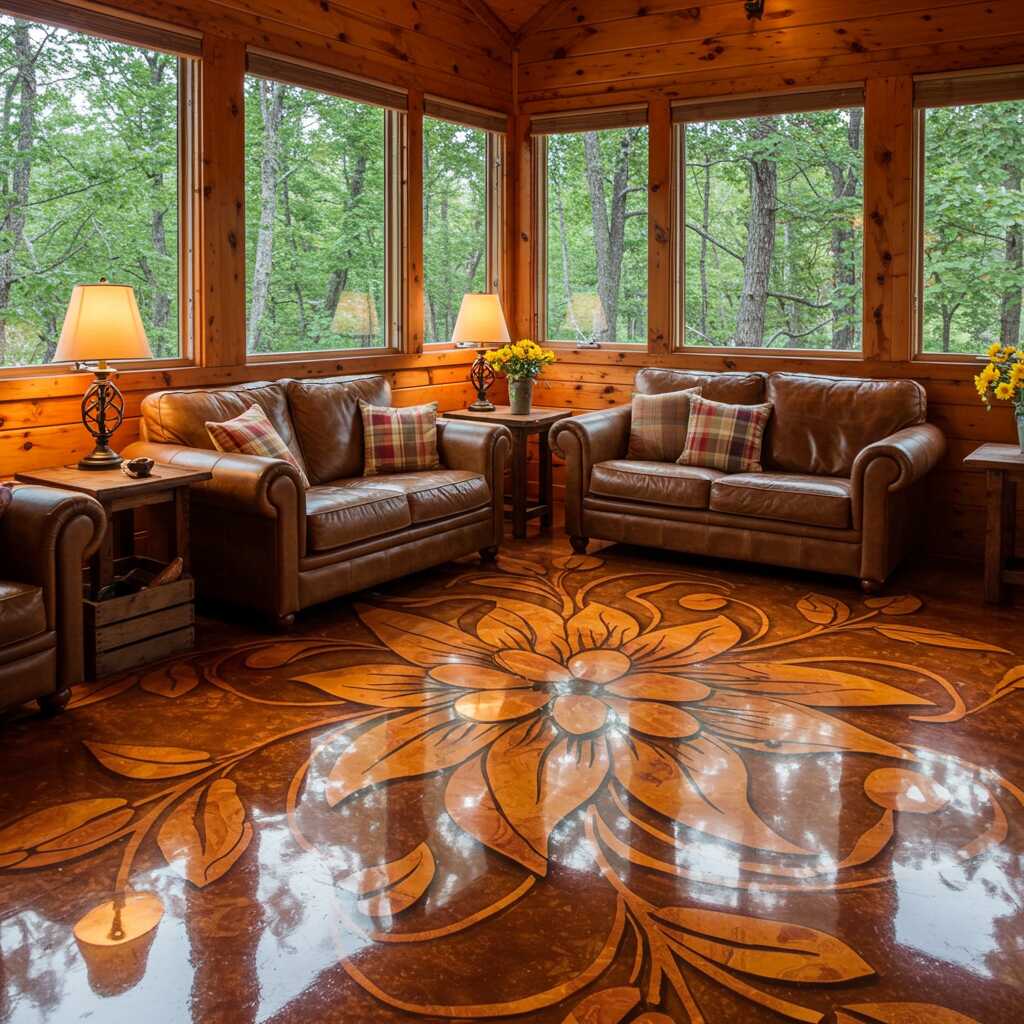
Conclusion: The Enduring Allure of Floral Floor Designs
Floor designs with floral designs represent far more than a fleeting trend; they embody a profound connection between art, nature, and architecture. Their ability to transform ordinary spaces into extraordinary environments underscores their significance in modern interior design. By marrying historical craftsmanship with contemporary innovation, these designs offer a unique opportunity to infuse spaces with personality, warmth, and timeless elegance. Whether through bold, statement-making patterns or subtle, intricate motifs, floral floor designs invite us to reimagine the role of flooring as a canvas for creativity and expression.
As we continue to embrace the principles of biophilic design and seek ways to bring the outdoors in, the relevance of floral floor designs will only deepen. They remind us of the beauty and serenity found in nature, offering a sanctuary within our homes and public spaces. Moreover, their adaptability ensures they remain accessible to diverse tastes and lifestyles, proving that their appeal transcends generational and stylistic boundaries. Ultimately, floor designs with floral designs are not merely decorative elements—they are storytellers, evoking emotions, memories, and aspirations. In a world that often prioritizes functionality over artistry, these designs stand as a testament to the enduring power of beauty and the transformative potential of thoughtful design.
